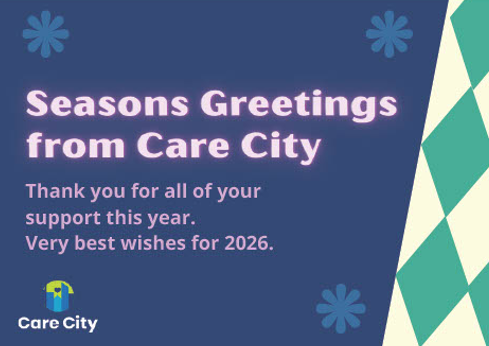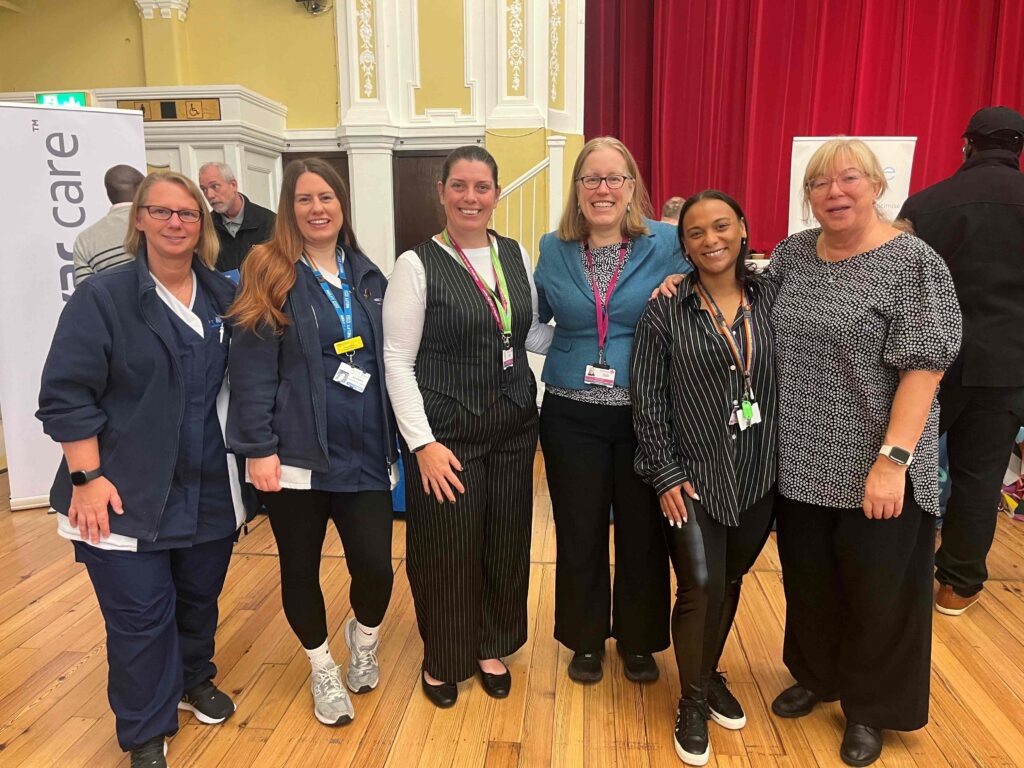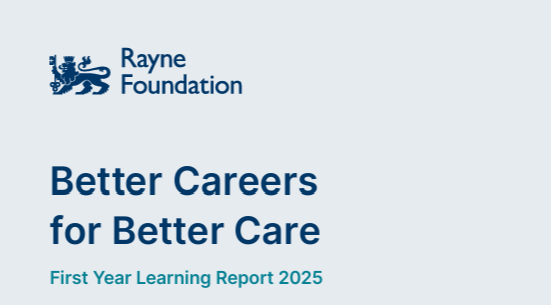Co-Design Groups – more than a tick-box exercise
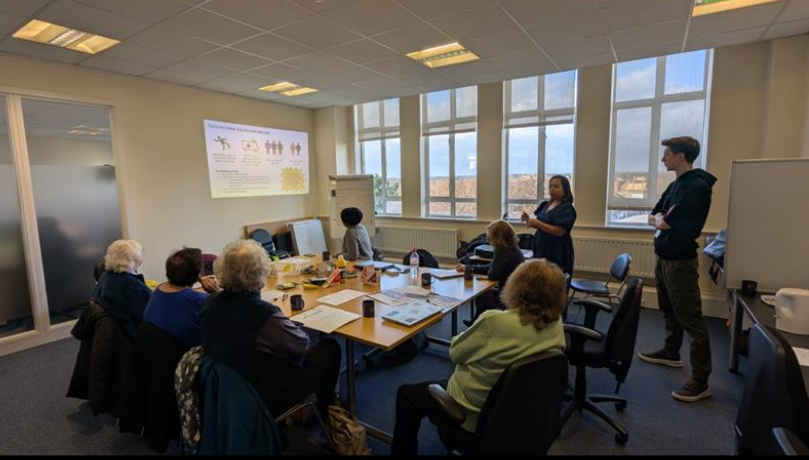
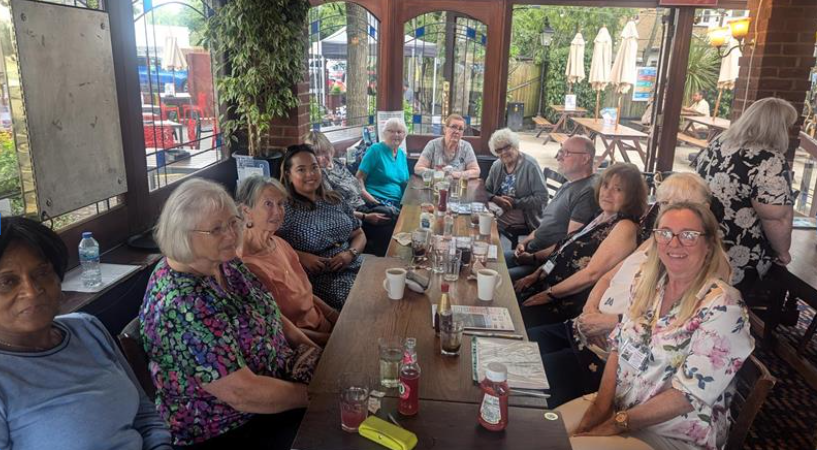
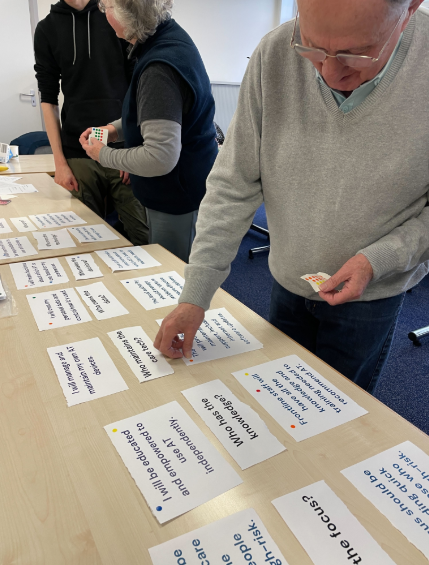
In Pia’s blog, discover how co-design groups shaped the Redbridge Care Tech Pilot and why genuine collaboration, not tick-box consultation, is key to creating services that truly meet people’s needs.
It’s easy for a project team, even with the best intentions, to get stuck in an echo chamber, a space where we only hear our own ideas and keep reinforcing the same assumptions. When that happens, we can lose sight of the real experiences of the people we want to support. That’s why we set up a co-design group of local residents to guide the Redbridge Care Tech Pilot.
We believe the success of any new initiative depends on genuine collaboration. To truly serve the community, services must be shaped around what people actually need, not just what we assume they need. At this stage of our project, we’ve gathered many valuable lessons and taken time to reflect on them. In this blog, we share some of those insights, focusing on the value of co-design.
Let’s be honest, co-design can feel like a lot of work. It’s messy, time-consuming, and sometimes hard to explain to get it right, but when you do, it’s transformative.
Co-design group lead
Setting up the co-design group
It’s common to realise too late in a project that you need input from the people who will actually use the technology. We always knew resident voices were vital, but moving timelines meant our co-design group started slightly later than planned. Instead of shaping the rollout of the pilot, we brought in the group to focus on sharing experiences of ageing and care tech, imagining the programme’s future, and improving how we communicate about the pilot.
Recommendation: If you’re serious about co-design, you’ve got to start early. Like, really early so that you can build the time and resources that are needed to fully engage with people in a meaningful way and make them part of the furniture from day 1. Involve your co-design groups right from the project’s inception and treat them as an essential, integral part of the pilot’s success.
Recruiting members to the co-design group
With Age UK’s support, we recruited a diverse co-design group of nine local residents, meeting monthly over five months. We made sure to include people with different ages, backgrounds, and levels of interest in technology, from enthusiasts to those less confident, so we could learn how best to engage everyone.
It might sound counter-intuitive but you actually don’t want a homogenous group of people, who are “compliant” and agree with everything you say. You need people who challenge your point of view and stretch the thinking. The mix of perspectives, including those who challenged our thinking, was vital to making better decisions and shaping a more inclusive project.
Recommendation: Recruitment matters. Investing time in the recruitment process and ensuring representation will come in handy further down the line.
Engaging a co-design group meaningfully throughout the project
If the group is just a tick box in your project governance, and you ask them to “rubber stamp” ideas, they’ll know and they’ll disengage. We set clear expectations early on so group members knew the commitment and activities involved.
The pilot and the aim of the group was very clearly introduced.
Co-design group member

The group particularly enjoyed exploring tech solutions and valued giving feedback on our materials. For example, their input made an information leaflet we had designed much clearer and more user-friendly for the intended recipient. Despite various team members having had eyes on this leaflet previously, the co-design group immediately identified ways to improve some of the wording and made great suggestions that we had simply missed. However, one gap we acknowledge was not providing the group hands-on demos of the technologies, which made some discussions harder to follow.
Recommendation: If you are working with care technology and your conversations are largely centering around the tech, make sure that you kick off the co-design process with a hands-on demo or even select members of the group who can take the tech home and test it. It’s not quite enough to just tell them what we are working with, they need to see it, touch it and understand it first-hand, to provide meaningful input.
What if you get challenged by the group?
We learned a very valuable lesson from facilitating this group: co-design groups are not there just to be compliant. They can, and should, challenge you, and that is exactly where the value is.
To break out of the echo chamber, we have to be open to hearing other viewpoints and that can be the hard bit. It’s really tough to hear someone criticise our decisions, assumptions and our most well-thought-out plans. It forced us to confront blind spots and rethink aspects of the project that we had taken for granted. It kept us grounded and helped us see things we would have totally missed.
It’s also important to note that not every single one of the group’s suggestions can always be acted upon. Sometimes, we face internal constraints and decisions are made that cannot be changed or influenced anymore. In this case, it is important to be honest and transparent with the group instead of making vague promises.
The end of the co-design process
In our final co-design session, we reflected with the group on what worked well, what didn’t, and what would happen next. We highlighted the impact of their contributions and thanked them for their commitment. Closing a co-design group well is important. It shouldn’t feel like a tick-box exercise, yet this stage is often overlooked, and we’re not sure we got it quite right this time.
These are real people, not just part of a process, so it’s vital to stay connected beyond the last meeting. For us, that means sharing final evaluation findings and answering their questions about the future of the pilot and the technologies. Where email isn’t possible, this may mean arranging another get-together or picking up the phone.
Recommendation: Where possible, build in some additional time and budget to keep checking in with your co-design group beyond the last official group session and make sure you can keep them updated on the progress of the project so they can see the results of their input.
Challenges to watch out for
In summary, there are a few things we need to be aware of when building co-design into our projects:
- Start early with the set up of your co-design group, so they are embedded in the project and connected to other relevant stakeholders.
- Be realistic about the time it might take to do recruitment well and be clear about who you want to be involved and why. Getting the right mix of people takes time.
- Give the group all of the information they need upfront so they can engage meaningfully and make sure that the group is kept up to date throughout the process.
- Learn to be okay with discomfort and how to facilitate groups with conflicting viewpoints. Naturally, the group will challenge some decisions and opinions of yours and others and that can feel like a difficult place to hold in.
- Plan the end of the co-design process well and communicate what happens next.

Final thoughts
Co-design can be time consuming and complicated. But when it’s done well, it can transform services, build trust and relationships.
After our last co-design session, we compiled all of the feedback we heard and organised a sharing and learning session with two members of the co-design group. The session was attended by colleagues at Redbridge council, the Digitising Social Care Team (DiSC) and the Department of Health and Social Care (DHSC). Everyone unanimously agreed that the voice of the co-design group was extremely valuable and that it had surfaced conversations that otherwise may have been forgotten. And, we like to think it was a win-win situation, because it was equally great for the co-design group participants to be heard by stakeholders they wouldn’t normally have had access to.
The co-design group has definitely held us accountable throughout this process, has shared valuable suggestions and critique, which ultimately reinforced our belief that the best solutions are born from collaboration, empathy, and a willingness to listen.

